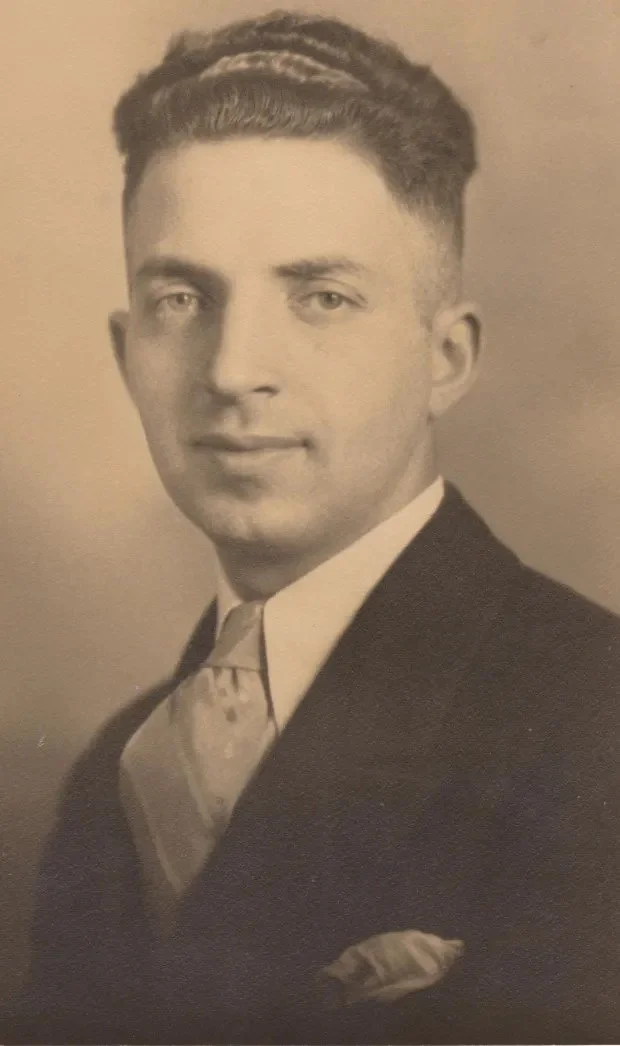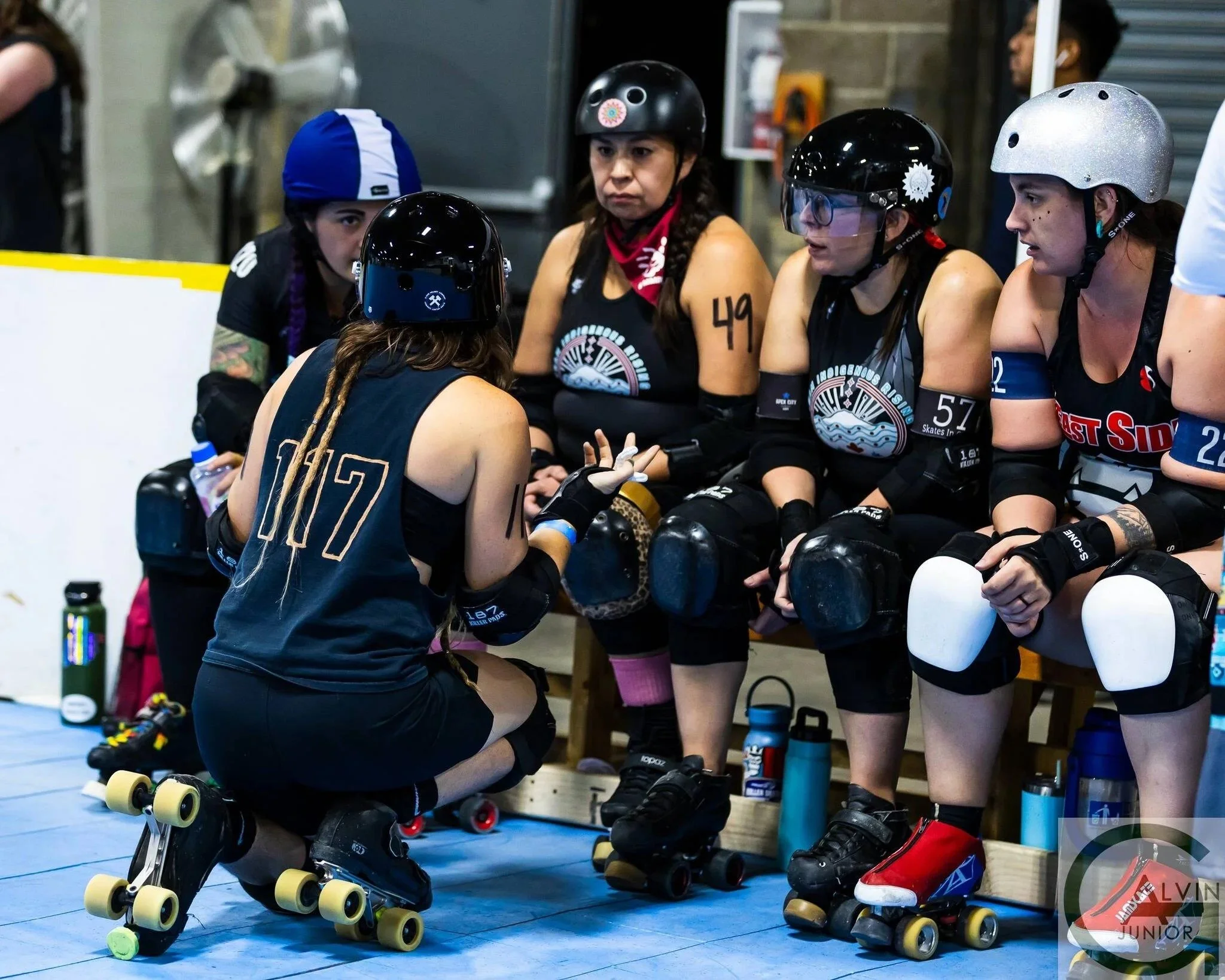ROLL UP - ROLLER DERBY
Roller Derby today is a grass roots, community organized sport. Roller Derby is not a professional sport, while championships and tournaments are still held, with more and more appearing each year, Roller Derby does not get the same amount of media attention that more popular sports do. Roller Derby events are community organized and run, with coaches, referees, and other needed officials needed all being volunteers. Players too are responsible for the acquisition of their own equipment and uniforms.
This development is relatively new in the history of Roller Derby, being a part of its grass roots revival in the early 2000s. This revival began in Austin, Texas, with features like Derby names being inspired by Austin’s large Drag community. The sport also adopted its feminist and punk features around this time; uniform features like fishnets, shorts, and war paint are all part of this revival.
Photo Credit: www.eastbaytimes.com
Roller Derby’s first form was created in 1935, where an endurance event promoter, Leo Seltzer, decided to create a race where teams of a man and a woman would skate 57,000 laps around a banked track, which is the equivalent of skating across the United States. Spectators soon grew bored, and a ruleset closer to the modern rules was created. The sport exploded in popularity, seeing broadcasting during the 1950s on AMC at a national level. Movies were made about the sport, such as Roller Derby Girl, nominated for an Academy Award. Roller Derby was still a mostly female sport at this time.
When Roller Derby fell out of popularity, and Leo Seltzer passed the title of “Commissioner” to his son, Jerry in 1959, the younger Seltzer attempted to revitalize the sport by staging rivalries, with good and evil teams fighting on the roller rink. This boosted popularity immensely. These elements have often been compared to professional wrestling, such as the WWE. In 1965, Jerry’s Championship, held in Madison Square Gardens, brought over 13,000 attendees. Despite this, Jerry would eventually sell the league as the popularity died out. While there were attempts to revive the sport, it was only in the early 2000s, that grassroots, community revivals were able to take hold and make the sport into what it is today.
During the revival of the sport, the Women’s Flat Track Derby Association was formed, or the WFTDA. Being created in 2004, the WFTDA is not only the first governing body, but remains the largest. They helped to formalize rules and organize national and international events and competition.
Roller Derby today is LGBTQS2+ friendly, welcoming anyone to participate. The WFTDA seeks to welcome anyone to the sport if “women’s flat track roller derby is the version of the sport they most closely identify with.” Modern Roller Derby also has several teams representing marginalized groups. These borderless teams do not represent a specific city or town, but rather their identities. Team Indigenous Rising, Black Diaspora Roller Derby, Jewish Roller Derby, and Fuego Latino Roller Derby all created spaces and points of connection for players from across the continent to compete together.
To celebrate the history of the Roller Derby, Coquitlam Heritage is happy to present Roll Up – Roller Derby, an exhibit about the history of this community sport. On display at Coquitlam Sports Hall of Fame from Jul 15 - Dec 20, 2024.






